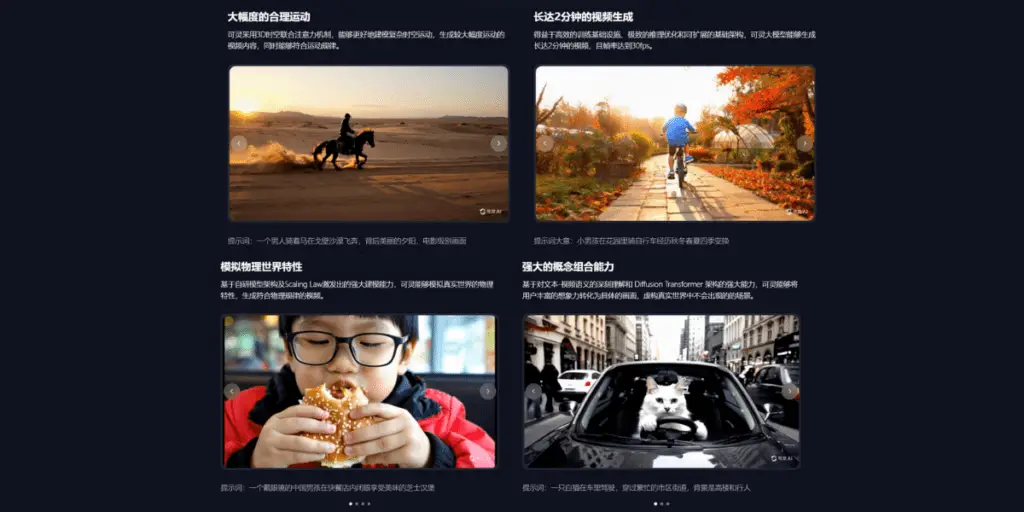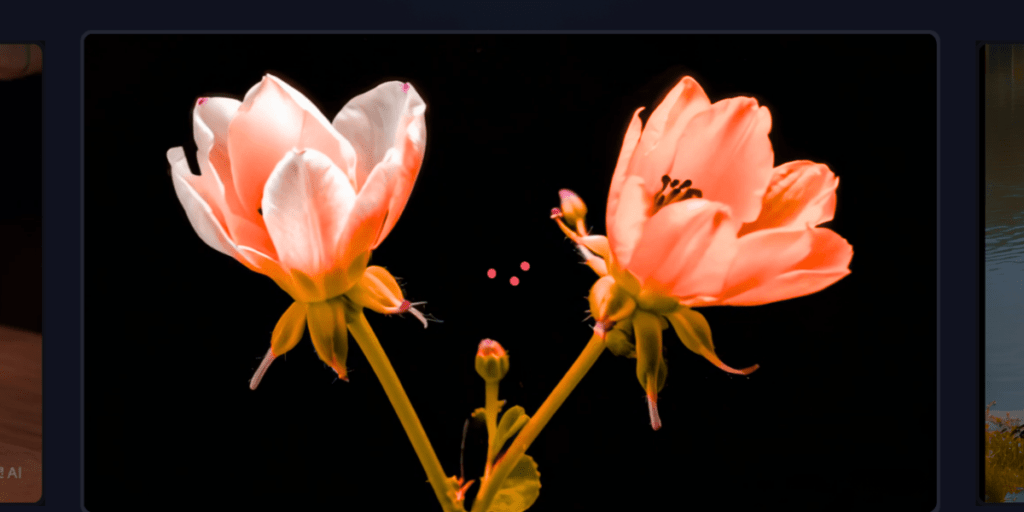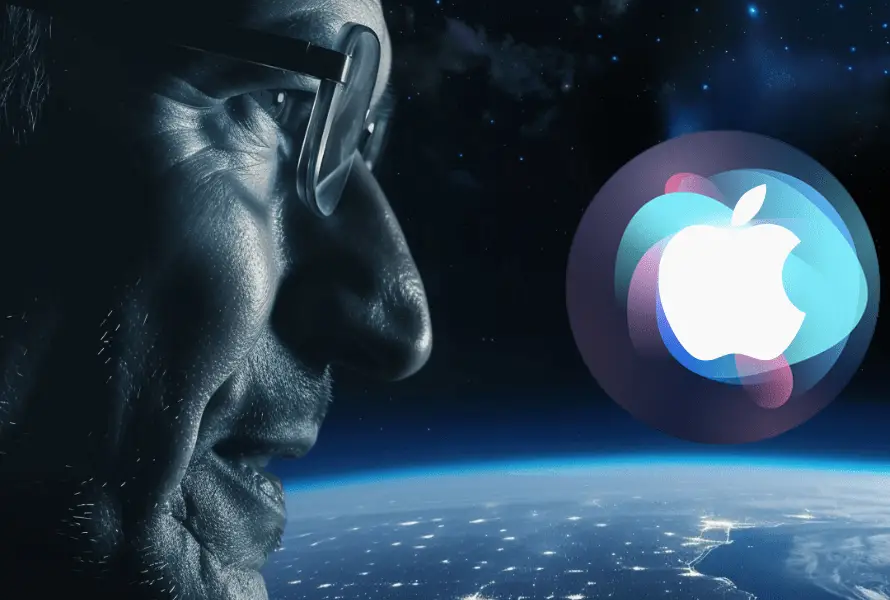Kuaishou Technology, a Chinese short-video platform, launched its own text-to-video AI model named Kling AI A New Contender in Text-to-Video Technology.
Still in its trial period, this new model promises to offer features and capabilities that rival those of OpenAI’s Sora.
One of the most transformative advancements in recent years has been the development of Artificial Intelligence tools. These tools have demonstrated immense potential in various fields, from healthcare to entertainment.
Among these innovations, generative AI models, which can create content based on user inputs, have garnered significant attention.
OpenAI recently introduced Sora, a generative AI model capable of producing videos from text commands.
The Launch of Kling AI
On May 6, Kuaishou Technology, launched its text-to-video AI model named Kling Ai. Kuaishou Technology has been known for its innovative approaches to digital content creation, and the introduction of Kling AI reinforces its commitment to pushing the boundaries of what is possible with artificial intelligence.
Kling AI is designed to transform simple text prompts into highly realistic videos. This capability aligns with the growing demand for more sophisticated and versatile content creation tools.

The model is currently in its trial period, allowing users to explore its functionalities and provide feedback that could help refine and enhance its capabilities.
Kuaishou Technology’s entry into the text-to-video market is part of a broader trend among Chinese tech companies aiming to rival established Western AI technologies.
With Kling, Kuaishou seeks to position itself as a formidable competitor to OpenAI’s Sora, leveraging its expertise in short-video content to deliver an AI model that meets the evolving needs of content creators and consumers alike.
Features of Kling AI
- Text-to-Video Conversion
Kling AI excels in converting simple text prompts into high-quality videos. Users can input descriptive text, and the model generates videos that accurately reflect the given instructions.
- High-Definition Video Quality
The videos generated by Kling are in 1080p high-definition resolution, ensuring that the content is visually appealing and meets modern standards for video clarity and detail.
- Video Length
Kling can produce videos up to 2 minutes long. This duration is sufficient for creating various content types, from short narratives and advertisements to instructional videos and social media posts.
- Realistic Motion Production
One of Kling’s standout features is its ability to produce highly realistic motions. The AI model simulates natural human and object movements, making the generated videos appear lifelike and dynamic.
- Physical World Simulation
Kling AI is capable of simulating the attributes of the physical world. This includes the realistic depiction of environments, lighting, and interactions between objects, enhancing the immersive quality of the videos.
- Concept-Imagery Integration
The model can weave together concepts and imagination, creating videos that are not only realistic but also creatively fulfilling the text prompts. This ability allows for the generation of both practical and fantastical content.
- Demonstration Videos
Kuaishou Technology has posted several demonstration videos to showcase its capabilities on Chinese social media platforms. These videos highlight Kling’s proficiency in turning text instructions into compelling visual narratives, such as a person enjoying a meal or changing landscapes viewed from a moving train.
The model’s focus on realism and its advanced motion and environment simulation sets a new standard in text-to-video AI technology.
Public Reaction
Kuaishou Technology has showcased the capabilities of Kling AI through a series of demonstration videos posted on various Chinese social media platforms.
These demonstrations highlight the model’s proficiency in transforming text instructions into highly realistic video content, effectively illustrating the practical applications of this advanced AI technology.
One of the prominent examples shared includes a video of a Chinese man enjoying noodles with chopsticks while seated at a table.
This video emphasizes Kling’s ability to capture intricate details and natural human movements, presenting a lifelike and engaging scene.
Another demonstration features changing landscapes as viewed from a train window, showcasing Kling’s ability to simulate dynamic environments and realistically capture the essence of motion and perspective shifts.
A notable example is a text prompt: “A Chinese boy wearing glasses enjoys a delicious cheeseburger with his eyes closed in a fast food restaurant.”
The video is hyper-realistic, with detailed depictions of the boy’s facial expressions and the surrounding environment, highlighting Kling’s capacity to create immersive and convincing visuals.
The public reaction to these demonstrations has been overwhelmingly positive. Users on platforms like X (formerly Twitter) have expressed amazement at the quality and realism of the AI-generated videos.
Comments such as “I’m just blown away by this one” and “I am not even sure if this is an AI or real” reflect viewers’ general astonishment and approval.

Many users are excited about the potential of Kling AI, with some expressing eagerness to experiment with the new technology. One user exclaimed, “I can’t wait to play with these AI video generators,” indicating high interest and anticipation for the model’s public availability.
The demonstrations and subsequent public reactions underscore Kling AI’s transformative potential in content creation. By enabling users to generate high-quality videos from simple text prompts, Kling opens up new possibilities for creative expression and efficiency in video production.
The realistic and dynamic nature of AI-generated videos suggests various applications, from social media content and advertising to educational videos and entertainment.
Comparison with OpenAI’s Sora
Both AI models represent significant advancements in the realm of AI-driven content creation, yet they exhibit distinct features and potential applications that highlight their individual strengths and competitive edges.
OpenAI’s Sora has been recognized for its pioneering capabilities in transforming text commands into videos. This model leverages sophisticated machine-learning techniques to generate videos that are not only realistic but also highly customizable.
Sora allows users to create detailed video content with a high degree of control over various elements, such as characters, settings, and actions.
The model’s flexibility and precision make it a powerful tool for a wide range of applications, from entertainment and marketing to educational content and beyond.
Kling AI, on the other hand, offers similar text-to-video conversion capabilities but stands out with specific features that cater to high-quality, realistic video production.
Kling can generate videos in 1080p high-definition resolution, ensuring visual clarity and detail. Its ability to produce videos up to 2 minutes long provides ample time for creating comprehensive narratives or detailed visual representations.
Kling excels in producing realistic motions and simulating physical world attributes, enhancing the immersive quality of its videos. This capability is particularly beneficial for applications that require lifelike human movements and dynamic environments.
The public demonstrations of Kling AI have showcased its proficiency in handling diverse scenarios, from everyday activities like eating noodles to dynamic landscapes viewed from a train.
The hyper-realistic results generated by Kling have impressed users, with many expressing astonishment at the AI’s ability to produce convincing and detailed video content.
This strong public reception underscores Kling’s potential to rival Sora in terms of user engagement and practical utility.
While both models aim to simplify and enhance video content creation through AI, their competitive dynamic drives innovation and improvement in the field.
Sora’s established presence and customization capabilities are complemented by Kling’s focus on realism and high-definition video quality.
This competition fosters an environment where each model can continue to evolve, incorporating user feedback and technological advancements to push the boundaries of what is possible with AI-generated video content.

The comparison between OpenAI’s Sora and Kuaishou Technology’s Kling AI highlights the diverse approaches and strengths each model brings to the table.
As both AI technologies continue to develop, they are poised to offer increasingly sophisticated tools for content creators, paving the way for a new era of digital media production.
Kling AI by Kuaishou Technology emerges as a formidable competitor to OpenAI’s Sora in the text-to-video arena.
Both models transform text prompts into realistic videos, but Kling comes up with high-definition 1080p resolution and dynamic, lifelike motions. Public demonstrations of Kling have impressed users with its ability to generate detailed and convincing video content.


